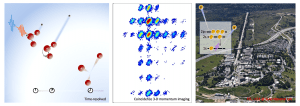The Atomic, Molecular and Optical (AMO) Physics group has theoretical and experimental components. The theoretical group studies the dynamics of electrons in isolated atoms and molecules elicited by light pulses and electron projectiles. The group is focused on the development of new theoretical techniques to compute the distribution of fragments emerging from photoionization and photodetachment events, electron-atom and electron molecule collisions, possibly assisted by light, as well as elementary processes in ultra-cold atomic and molecular condensates.
The AMO experimental group is focused on the generation, characterization and applications of attosecond laser pulse. Overlap between theory and experiment is a critical component of our research program. Indeed, attosecond extreme-ultraviolet pulses can be used to probe and control electron dynamics in matter. Both theoretical and experimental research has applications in astrophysics, radiation physics and chemistry, and plasma physics.
Viatcheslav Kokoouline
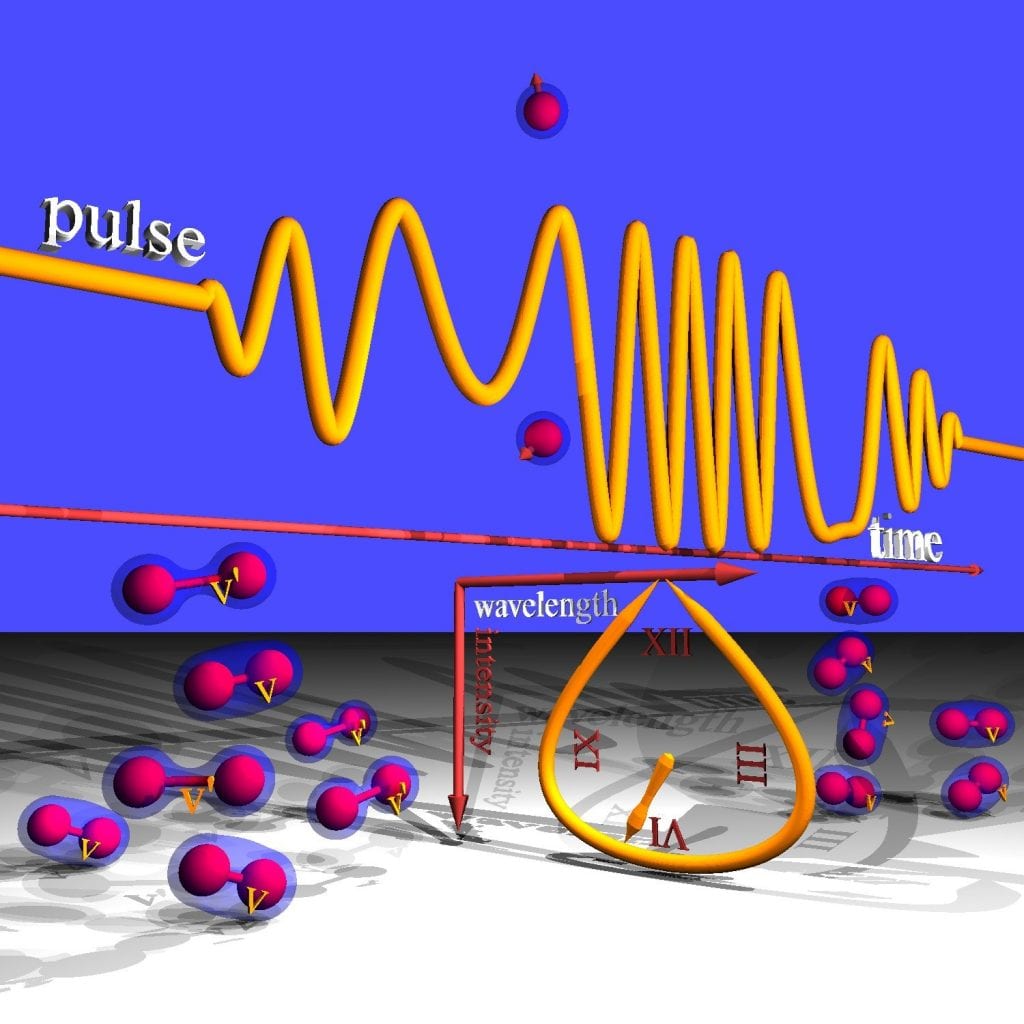
Prof. Kokoouline’s group studies atomic and molecular collision processes that are relevant to explain elementary transformations of matter, from the extreme conditions met in the interstellar medium, planetary atmospheres, combustion flames and fusion plasmas, to the coherent dynamics that takes place in Bose-Einstein condensates. How do ultracold molecules collide? Can we control basic chemical reactions of ultracold matter? Can we use light to manipulate the quantum states of atoms or molecules in useful ways (quantum control)? To answer these questions, the group explores, from a theoretical perspective, the processes of dissociative recombination, radiative and dissociative electron attachment to molecules, molecular excitation by an electron impact, radiative attachment, photoionization, and electron-ion collisions. The group participates to the ITER project led by the UN International Atomic Energy Agency.
Luca Argenti
The group of Theoretical Attosecond Spectroscopies led by Dr. Luca Argenti develops new ab initio methods for the calculation of the electronic continuum of poly-electronic atoms and molecules to resolve photoemission in time, with the ultimate goal of controlling charge-transfer processes in correlated electronic matter. To do so, it is necessary to solve the time-dependent Schrödinger equation and the Lippmann-Schwinger equation in a large configuration space to describe the evolution of excited electronic wave packets in time and extract from them the information they deliver asymptotically at the detectors. These calculations, which require the use of extensive numerical resources, allow one with interpret the rich observables made accessible by the new light sources, such as attosecond pump-probe laser setups and seeded x-ray Free-Electron Lasers.
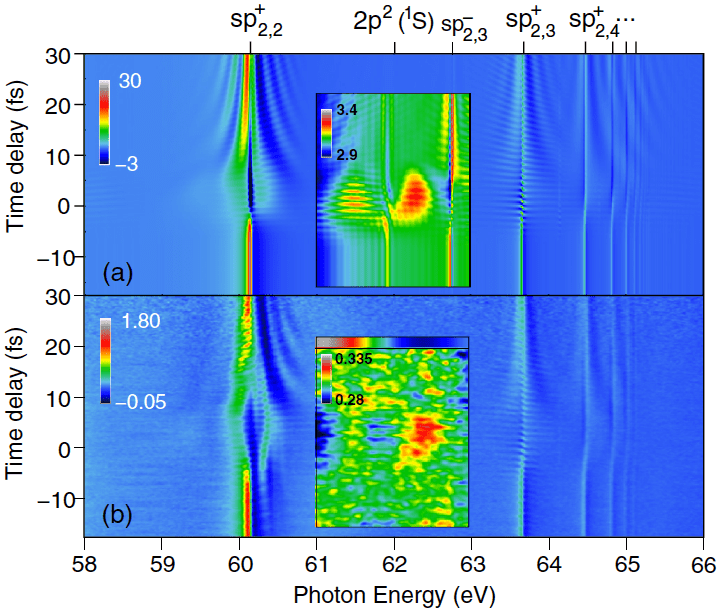
Debashis Chanda
Research in the Nano-Optics lab focuses on confining coherent/partially-coherent or incoherent light at nanoscale to enhance light-matter interactions for novel device applications as well as energy harvesting purposes. The emphasis is on fundamental physics and development of high throughput, large scale and low cost fabrication of optical nanostructures for enhanced light-matter interactions in artificially structured metal/dielectric structures, infrared photon detection, transformation optics for displays/camouflages, superchiral light generation for chiral molecule detection, topological optics, strong coupling between photonic and plasmonic resonances and trapping photons.
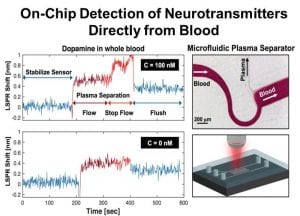

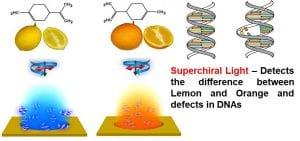
Li Fang
Prof. Fang’s research areas are AMO and plasma physics involving applications of ultrafast lasers, such as table-top femto- (10-15 s) and atto-(10-18 s) second lasers as well as ultrafast x-ray lasers (free-electron-lasers) at large facilities. Her group uses ultrashort laser pulses to induce electron and ion dynamics in atoms, molecules or their ensembles and to probe, in the time domain, the dynamics with advanced electron and ion spectroscopic methods that map the motion of the electrons and ions in the 3-D momentum space. A movie of the momentum and energy evolution will be made at the natural time scale of the charges’ motion to illustrate how the atomic and molecular systems respond to the light, i.e., how they absorb, convert and rearrange photoenergies and what the final photointeraction products are. Prof. Fang’s group also uses ultrashort laser pulses of short (XUV – x-ray) and long (infrared – mid-infrared) wavelengths to generate and characterize nanoplasmas created in atomic and molecular clusters. The research investigates fundamentals of the photointeractions and seeks base knowledge that may lead to efficient photoenergy storage, novel particle and photon sources, and controlling methods of photochemical reactions.
